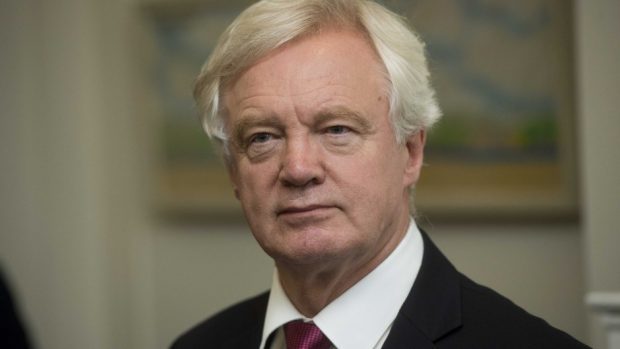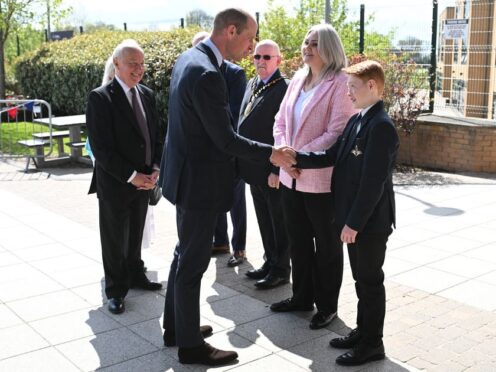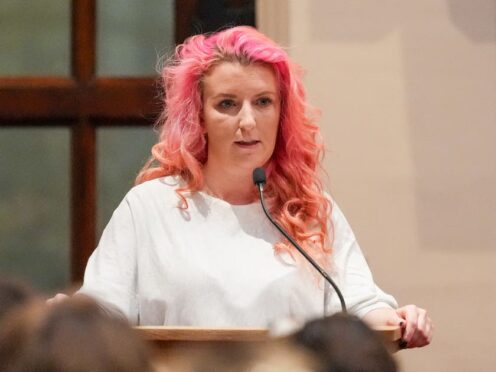Brexit Secretary David Davis has insisted legislation resulting from the UK’s exit from the European Union must work for the whole of the country.
The Tory frontbencher repeated Theresa May’s comment at party conference that no one part of the UK could have a veto.
But he stressed the UK Government would “consult” with the devolved administrations.
He added: “I have already held initial conversations with the leaders of the devolved governments about our plans.
“And I will make sure that the devolved administrations have every opportunity to work closely with us.”
SNP Europe spokesman Stephen Gethins branded the process a “dog’s Brexit”.
He added: “This government’s frankly irresponsible failures to provide any details about their plan are having an impact beyond this place.”
The North-East Fife MP asked Mr Davis what he intended to do to formally involve the devolved administrations.
He said the minister had previously stated he would “involve” them and was now promising to “consult”.
He also asked whether it was Mr Davis’ objective to keep the UK in the single market.
The Brexit secretary rejected the suggestion the devolved governments would be frozen out of the negotiations.
In response to the second question, he said the goals were simple – meet the instructions of the British people – by regaining control of borders, laws and money – and at the same time get the “best possible access” to the single market.
The exchange came during a statement in the Commons outlining the Government’s plan to trigger Article 50 by the end of March and to bring forward a great repeal bill to transpose Brussels law into domestic law on the day the UK leaves the EU.
Mr Davis addressed the House just hours after Mrs May met the Danish prime minister, who she suggested could be an ally in the Brexit negotiations.
In his new role as Labour’s shadow Brexit secretary, Sir Keir Starmer called for a vote on the basic negotiating terms before Article 50 is invoked.
He added: “The government wants to draw up negotiating terms, negotiate and reach a deal without any parliamentary approval.
“That is not making parliament sovereign, that is side-lining parliament.”
But Mr Davis insisted Article 50 was a “prerogative power” and said Sir Keir needed to understand the difference between accountability and “micro-management”.
Meanwhile, former leading UK civil servant Professor Jim Gallagher has suggested the vote for Brexit could pave the way for some control over migration being handed to ministers in Scotland, Wales and Northern Ireland.
He said it was “entirely possible and arguably desirable” that politicians in the devolved administrations could “manage the process of EU migration into their territories”.










